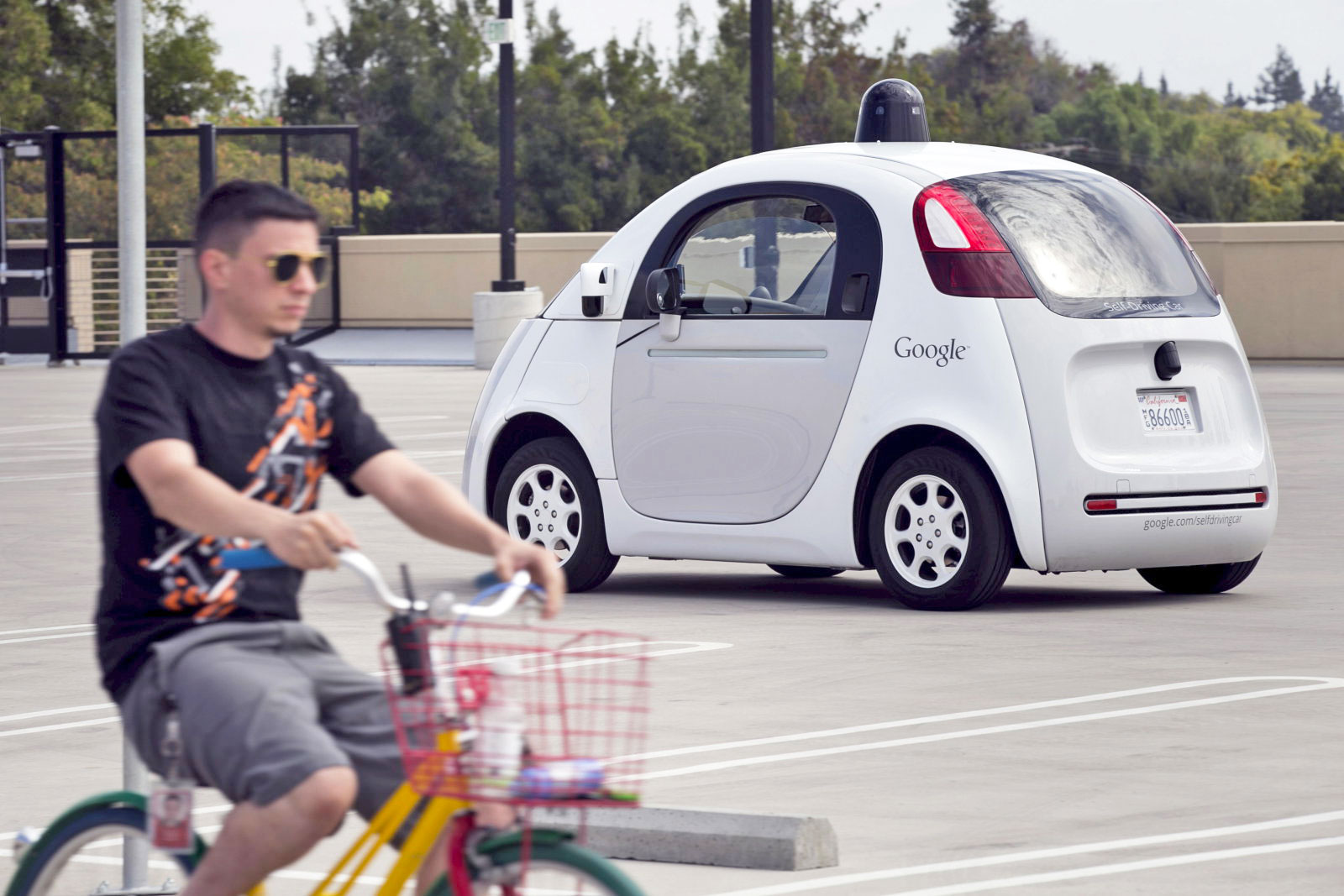Google is working to expand the capabilities of its self-driving vehicle fleet, and according to its latest progress report (PDF), it’s making strides in sharing the road with cyclists. One of the ways the folks in Mountain View are doing that is by using onboard sensors to gauge and interpret a cyclist’s intent. “Our sensors can detect a cyclist’s hand signals as an indication of an intention to make a turn or shift over,” the company’s June autonomous vehicle report reads. “Cyclists often make hand signals far in advance of a turn, and our software is designed to remember previous signals from a rider so it can better anticipate a rider’s turn down the road.”
Machine learning is helping there, making sure that unicycles and fatbikes are recognized for what they are, and keeping the autonomous vehicles out of the two-wheeled traffic’s way. The report goes on to say that the vehicle software is even getting advanced enough to take into account cyclists riding in the dark and avoiding accidents with them. With how prevalent bicycles are becoming on our roads it’s incredibly important that these situations be figured out now — much like autonomous honking.
(41)

